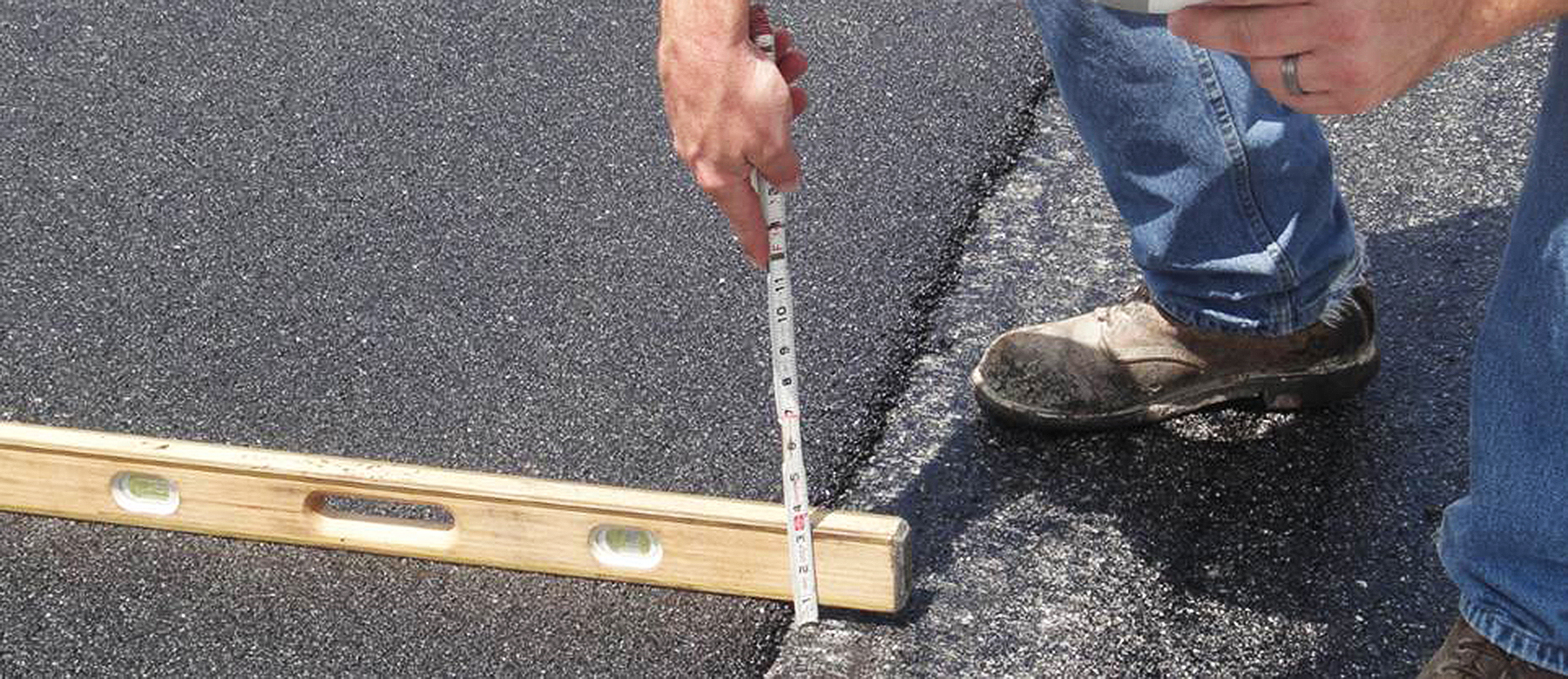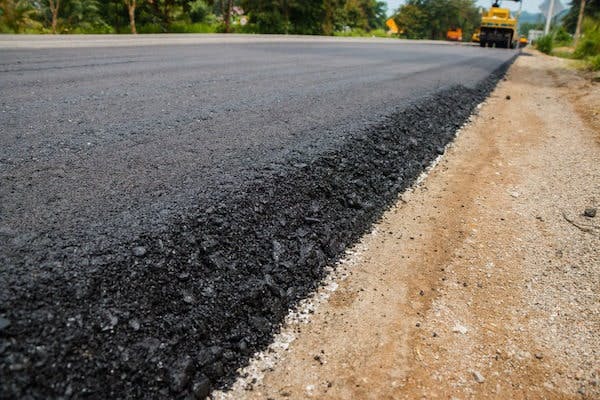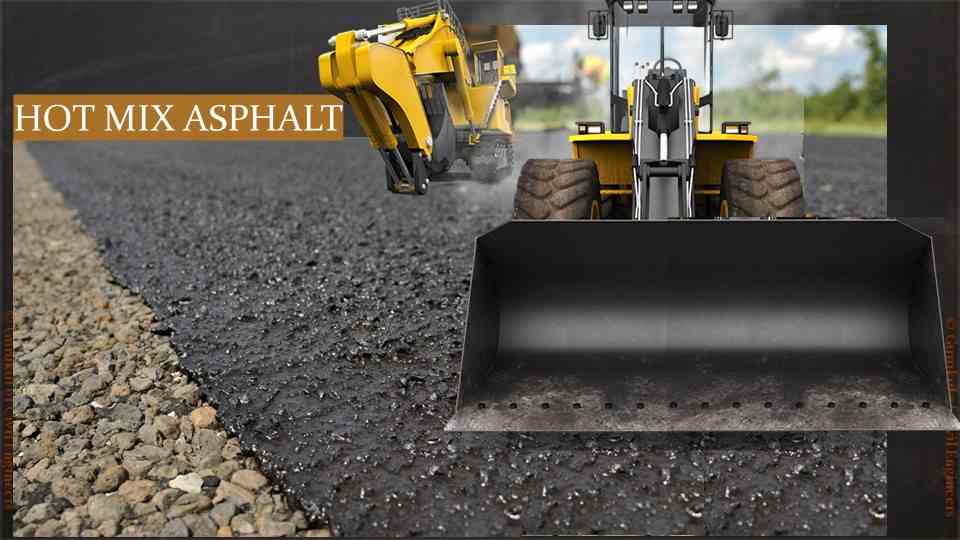Experience the Distinction: Hot Mix Asphalt Paving for Regrading Projects
Experience the Distinction: Hot Mix Asphalt Paving for Regrading Projects
Blog Article
Opening the Secrets of Hot Mix Asphalt Technology
Checking out the midsts of warm mix asphalt modern technology reveals a globe where precise formulations and meticulous processes converge to shape our roadways and infrastructure. The blend of aggregates, fillers, and binders isn't just a building and construction job yet a critical orchestration of durability and effectiveness. As we peer into the elaborate dance of components, a tapestry of strength and sustainability unravels. However what exists under this surface area of asphaltic proficiency, and what tricks wait to be unveiled in the realm of leading technologies?
Importance of Warm Mix Asphalt
Hot Mix Asphalt plays an important function in contemporary infrastructure growth due to its sturdiness and cost-effectiveness. As the most typically used leading material for roads, freeways, and car parking great deals, Warm Mix Asphalt uses an array of advantages that add to its relevance in building and construction projects.
The resilience of Hot Mix Asphalt stems from its structure, which includes aggregates, binder, and filler materials that are thoroughly selected and mixed to meet specific efficiency demands. This exact mix causes a solid and adaptable pavement that can endure frequent usage without substantial damage. Warm Mix Asphalt is 100% recyclable, additional improving its sustainability and environmental advantages. On the whole, the value of Hot Mix Asphalt in infrastructure growth can not be underrated, as it remains to be a cornerstone of modern building and construction techniques.
Elements of Asphalt Mixes
The composition of asphalt mixes is composed of meticulously selected aggregates, binder, and filler materials that are critical for achieving certain efficiency needs. Aggregates are the primary element of asphalt blends, giving strength and stability. The binder, normally asphalt or asphalt concrete, holds the aggregates together and offers flexibility and durability to the mix.
The combination and percentage of these parts play a considerable function in figuring out the top quality and efficiency of the asphalt mix. Designers meticulously design the mix to meet specific requirements, considering elements like web traffic volume, climate conditions, and pavement life-span. Correct option and harmonizing of accumulations, binder, and fillers are necessary for developing long lasting, resilient asphalt sidewalks.
Mixing and Production Techniques

Once the aggregates are selected, the binder, typically asphalt concrete, is included to bind the products with each other. The binder's high quality and amount dramatically influence the mix's toughness, adaptability, and resistance to environmental elements. Furthermore, fillers like hydrated lime or Portland concrete might be integrated to improve particular qualities of the asphalt mix, such as its workability or moisture resistance.
During manufacturing, official source the accumulations and binder are heated up, usually between 250-325 ° F(121-163 ° C ), to this page facilitate blending and make certain appropriate finishing of the aggregates. The blending procedure should be comprehensive to achieve an uniform blend that promotes the desired efficiency qualities of the asphalt. Various strategies, such as set mixing or drum blending, are utilized to achieve premium and consistent asphalt blends for construction tasks.
Aspects Affecting Asphalt Efficiency
Elements affecting asphalt performance encompass a series of variables that impact the longevity, durability, and total high quality of asphalt sidewalks. One crucial factor is the high quality of products utilized in the asphalt mix. The kind and source of accumulations, the binder quality, and the ingredients all play a significant function in determining the performance of the asphalt sidewalk. The gradation of accumulations is crucial as it impacts the mix's workability, resistance, and stability to breaking and rutting.

Layout factors to consider, such as pavement thickness and drain, are crucial in ensuring the long-term performance of the asphalt pavement. By very carefully taking into consideration these variables, engineers and contractors can maximize asphalt efficiency and boost the solution life of pavements.
Sustainable Practices in Asphalt Innovation

WMA enables for the production and placement of asphalt mixes at lower temperature levels compared to typical hot-mix asphalt, resulting in decreased power consumption and greenhouse gas exhausts. The use of permeable asphalt blends can help alleviate stormwater runoff problems by permitting water to infiltrate via the pavement and into the ground, advertising all-natural water filtering and reenergize processes.
Final Thought
In final thought, warm mix asphalt modern technology plays an essential function in modern-day framework growth due to its sturdiness and cost-effectiveness. By meticulously stabilizing parts, employing proper mixing techniques, and considering various elements, engineers can produce top notch asphalt blends that hold up against rush hour lots and rough climate condition. Welcoming lasting techniques, such as making use of recycled products and warm-mix modern technologies, additionally improves the environmental friendliness of asphalt technology.
Mixing useful reference and production techniques in warm mix asphalt modern technology include the exact combination and handling of accumulations, binder, and fillers to develop a long lasting and high-performance asphalt mix.Elements influencing asphalt efficiency include a range of variables that influence the longevity, durability, and overall quality of asphalt sidewalks. Sustainable practices in asphalt innovation encompass numerous efforts aimed at minimizing the environmental impact of asphalt manufacturing and paving processes. By including recovered asphalt pavement (RAP) and recycled asphalt tiles (RAS) into brand-new asphalt mixes, the sector can substantially decrease the intake of raw materials and power, while likewise decreasing garbage dump waste.
WMA allows for the manufacturing and placement of asphalt blends at reduced temperatures contrasted to conventional hot-mix asphalt, resulting in reduced energy intake and greenhouse gas discharges.
Report this page